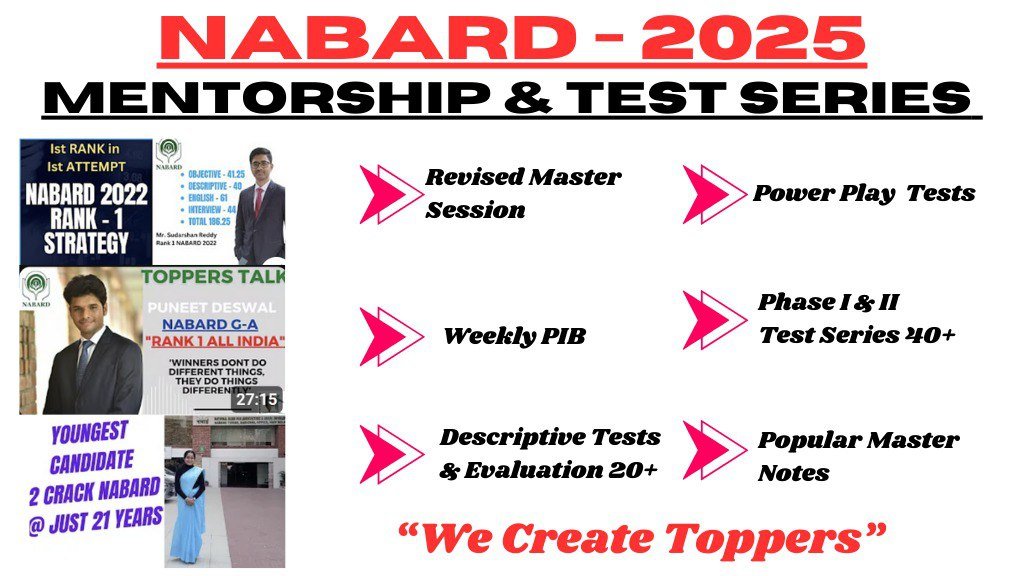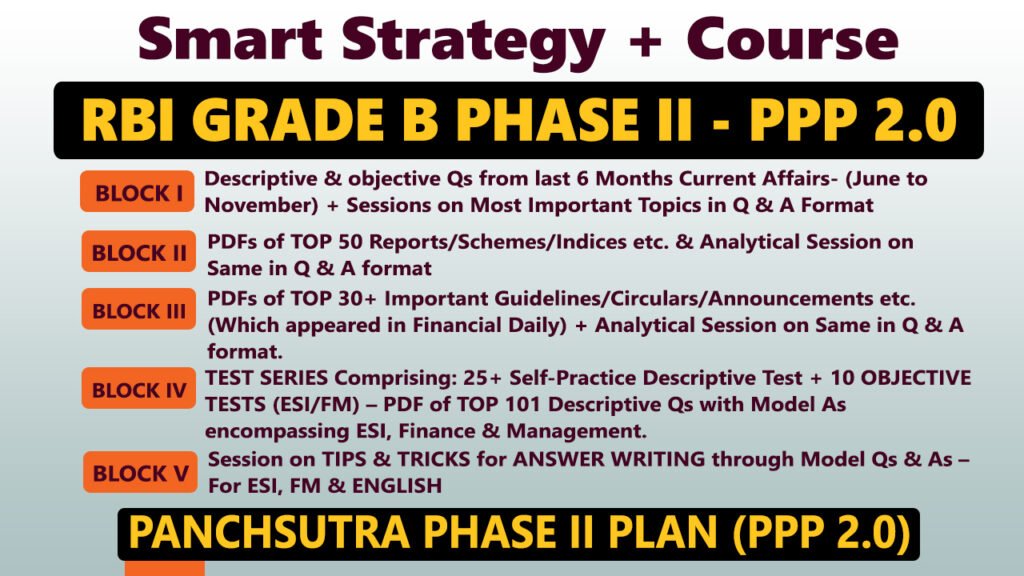Source: PIB
Context:
Launched in September 2024 with a budget of ₹64.76 crore, NBF provides a unified, secure, and scalable architecture for blockchain adoption in governance and public services. India is leveraging blockchain to improve transparency, accountability, efficiency, and trust in government operations, moving beyond its early association with cryptocurrencies.
What is Blockchain?
- A distributed, secure, and immutable ledger of transactions or records.
- Key features: Transparency, Immutability, Decentralization, Trust.
Types of Blockchain:
- Public: Open to all nodes, transparent and decentralized.
- Private: Permissioned, restricted to selected participants; ideal for government applications.
- Consortium: Semi-decentralized, managed by multiple organizations.
- Hybrid: Combination of public and private, allowing selective access.
Core Components of NBF
1. Vishvasya Blockchain Stack
- Indigenous modular platform for government applications.
- Features: Blockchain-as-a-Service (BaaS), permissioned layer, open APIs, distributed deployment across NIC data centres in Bhubaneswar, Pune, and Hyderabad.
2. NBFLite
- Sandbox for startups, academia, and researchers to test blockchain apps.
- Includes smart contract templates for governance and industry use cases.
3. Praamaanik
- Blockchain-based mobile app verification tool to ensure authenticity and protect users from fraud.
4. National Blockchain Portal
- Central platform promoting innovation, standardization, and cross-sector adoption of blockchain.
Key Blockchain-Enabled Use Cases in India
- Certificates & Document Chain
- Over 34 crore documents verified, including academic, caste, income, ration card, birth & death certificates.
- Ensures secure storage, verification, and retrieval of documents.
- Logistics Chain
- Tracks movement of goods, e.g., Karnataka’s Aushada online medicine supply chain.
- Provides traceability, transparency, and reduces spurious entries.
- Judiciary & Inter-Operable Criminal Justice System (ICJS)
- 665 judiciary documents and 39,000 ICJS records verified.
- Enables secure, time-stamped records, e-notices, and efficient judicial processes.
- Property Chain
- Over 34 crore property documents verified.
- Provides transparent ownership history and reduces litigation risks.
- Financial Sector & NSDL
- RBI uses blockchain for Digital Rupee (e₹) pilots.
- NSDL uses DLT for Debenture Covenant Monitoring, creating a secure audit trail.
Strategic & Regulatory Initiatives
- Centre of Excellence (CoE): Provides consultancy, training, and ICT support for blockchain pilots.
- TRAI: Uses DLT to track SMS messages end-to-end, reducing spam and enforcing compliance.
- RBI: Leverages blockchain for secure, traceable, and instant payments via e₹.
Capacity Building & Skill Development
- Skill Development Programmes: Trained 21,000+ government officials on blockchain.
- PG Diploma in FinTech & Blockchain Development (PG-DFBD): 900-hour curriculum covering blockchain, FinTech, AI/ML, cybersecurity.
- BLEND (C-DAC): Online course for students and professionals to develop blockchain applications.
- FutureSkills PRIME: Industry-oriented program for upskilling IT workforce in emerging technologies including blockchain.
Way Forward
- NBF promotes G2C and G2B services, building trust, transparency, and operational efficiency.
- Emerging use cases include: Land records, Blood Bank tracking, GST monitoring, and Public Distribution System (PDS).
- Aligns with Digital India and Aatmanirbhar Bharat, supporting indigenous innovation and inclusive growth.
Key Terms (One-Line Explanations)
- Blockchain-as-a-Service (BaaS): Shared blockchain infrastructure for easy deployment.
- Permissioned Blockchain: Access restricted to verified participants.
- Smart Contract: Self-executing digital agreements on blockchain.
- Distributed Ledger Technology (DLT): Database shared across multiple nodes for transparency.
- Proof of Concept (POC): Pilot project to test feasibility before full deployment.



















